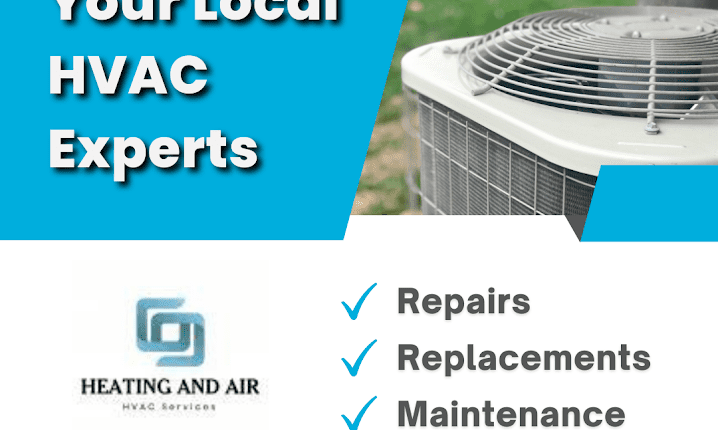An inefficient HVAC system can lead to discomfort, higher energy bills, and potential long-term damage. Recognizing the signs of inefficiency early on can help you address issues promptly and prevent further problems. Here are some common signs of an inefficient HVAC system that might need repair:
- Inconsistent Temperatures: If some areas of your home are significantly colder or hotter than others, it could indicate airflow issues or improper system operation.
- Higher Energy Bills: A sudden increase in your energy bills without a corresponding increase in usage might signal that your HVAC system is working harder than necessary.
- Frequent Cycling: If your HVAC system frequently turns on and off, it could be struggling to maintain the desired temperature, leading to inefficiency.
- Uneven Cooling or Heating: If your HVAC system fails to evenly distribute cool or warm air throughout your home, it might be due to issues with ductwork or component malfunction.
- Weak Airflow: Weak or reduced airflow from vents can indicate clogged filters, blocked ducts, or problems with the blower motor.
- Longer Heating or Cooling Times: If your HVAC system takes longer than usual to reach the desired temperature, it might be due to reduced efficiency.
- Excessive Dust or Allergens: If you notice an increase in dust, allergens, or particles in your indoor air, it could be due to poor filtration or a malfunctioning system.
- Loud Noises: Unusual noises such as rattling, grinding, or banging can indicate mechanical issues that affect efficiency.
- Frequent Repairs: If you find yourself repeatedly needing repairs, it’s a sign that your system is struggling and not operating efficiently.
- Old Age: HVAC systems typically become less efficient as they age. If your system is nearing or beyond its expected lifespan, it might be time to consider an upgrade.
- Stale or Humid Air: If the air in your home feels humid, stale, or uncomfortable, it could indicate problems with dehumidification or ventilation.
- Excessive On/Off Cycling: Rapid cycling between on and off states can indicate issues with thermostat settings, electrical components, or system calibration.
- Thermostat Problems: If your thermostat is inaccurate or doesn’t respond properly, it can lead to inefficient heating or cooling.
- High Humidity Levels: If your indoor humidity levels are consistently high, it might indicate issues with the dehumidification function of your HVAC system.
If you notice any of these signs, it’s recommended to contact HVAC professionals for a thorough inspection and diagnosis. Timely repairs can restore efficiency, improve comfort, and prevent more serious issues down the line. Regular maintenance can also help prevent inefficiency by addressing potential problems before they escalate.


Recent Comments